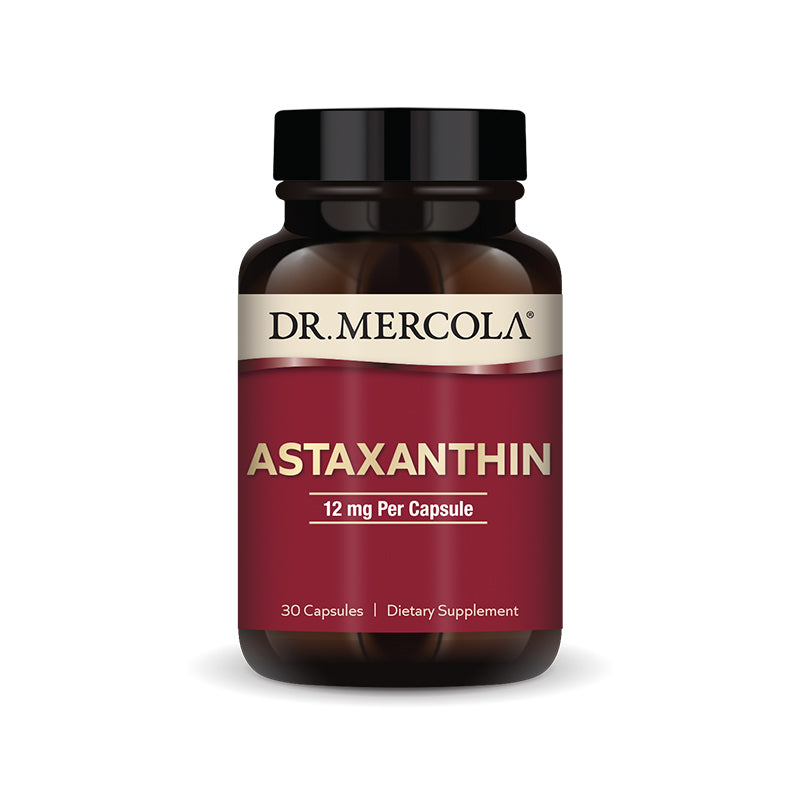Cart
0
This is a guest post from Ronald Grisanti D.C., D.A.B.C.O., D.A.C.B.N., M.S. at www.FunctionalMedicineUniversity.com.
Most people are very well aware of the correlation of high cholesterol, high blood pressure, obesity, etc.. but ear creases?!
To the surprise of many people, earlobe creases may indicate artery disease.
The possible association between ear lobe creases and coronary artery disease garnered attention when a study by Dr. William Elliott was published in The American Journal of Medicine more than a decade ago. Results of his study indicated that 19 out of 20 people with risk factors for coronary artery disease also had diagonally creased earlobes.
Dr. Elliott completed a larger study of 1,000 people admitted to the medical service of a large hospital that seemed to confirm his earlier studies. Of the 373 people with ear lobe creases, 275 (74%) had coronary artery disease and 98 (26%) did not. Of the 627 people with no ear lobe creases, 101 (16%) had coronary artery disease, and 526 (84%) did not.
An article published in the 1996 American Journal Of Medicine stated that ear lobe creases were shown to be associated with higher rates of cardiac events in this study of 264 consecutive patients. (Am J Med 1996 02/01;100:0205) The presence of a diagonal ear lobe crease has been recognized as a sign of cardiovascular disease since 1973.
Over 50 subsequent studies have been reported in the medical literature, with the largest involving 1,000 unselected patients. The ear lobe is richly vascularized, and a decrease in blood flow over an extended period of time is believed to result in collapse of the vascular bed. This leads to a diagonal crease.
Although my research of the literature on earlobe creases and heart disease was quite revealing, I must emphasize that an individual should be knowledgeable of all the risk factors that may contribute or be linked to heart disease.
- Family history of cardiovascular disease
- Personal history of myocardial infarction, peripheral artery disease, or coronary artery disease
- Obesity
- Diabetes
- Hypertension
- Thyroid disorders
- Stress
- Chronic illness (including chronic fatigue)
- Diets high in bad saturated and trans fats
- Sedentary lifestyle
- Use of alcohol,nicotine,drugs (including certain medications)
- Use of oral contraceptives
- Hormonal imbalances (estradiol, cortisol, insulin, melatonin)
- Post-menopause
- Renal disease
- Earlobe crease
- Total Cholesterol
- LDL
- HDL
- Homocysteine
- Triglycerides
- Lipoprotein(a)
- Apolipoprotein A-1
- Apolipoprotein B
- Ratio of Apo B/Apo A-1
- Fibrinogen
- C-Reactive Protein
Contact Me
Also, If you have any comments or questions regarding this article please email me at info@depkewellness.com. You can also call our office direct at (800) 960-2755. *The products on this page have not been reviewed by the Food and Drug Administration. These products are not intended to diagnose, treat, cure, or prevent any disease.References
- Motamed M, Pelekoudas N. The predictive value of diagonal ear-lobe crease sign.Int J Clin Pract. 1998 Jul-Aug;52(5):305-6.
- Miric D, Fabijanic D, Giunio L, Eterovic D, Culic V, Bozic I, Hozo I. Dermatological indicators of coronary risk: a case-control study. Int J Cardiol. 1998 Dec 31;67(3):251-5.
- Cheng TO. More research needed on the association between diagonal earlobe crease and coronary artery disease. Arch Intern Med. 2000 Aug 14-28;160(15):2396-7.
- Eber B, Delgado P. More on the diagonal earlobe crease as a marker of coronary artery disease. Am J Cardiol. 1993 Oct 1;72(11):861.
- Tranchesi Junior B, Barbosa V, de Albuquerque CP, Caramelli B, Gebara O, dos Santos Filho RD, Nakano O, Bellotti G, Pileggi F. Diagonal earlobe crease as a marker of the presence and extent of coronary atherosclerosis. Am J Cardiol. 1992 Dec 1;70(18):1417-20.
- Cheng TO. Ear lobe crease and coronary artery disease. J Am Geriatr Soc. 1991 Mar;39(3):315-6. Kenny DJ, Gilligan D. Ear lobe crease and coronary artery disease in patients undergoing coronary arteriography. Cardiology. 1989;76(4):293-8.
- Cumberland GD, Riddick L, Vinson R. Earlobe creases and coronary atherosclerosis. The view from forensic pathology. Am J Forensic Med Pathol. 1987 Mar;8(1):9-11.
- Gibson TC, Ashikaga T. The ear lobe crease sign and coronary artery disease in aortic stenosis. Clin Cardiol. 1986 Aug;9(8):388-90.
- Gutiu I, el Rifai C, Mallozi M. Relation between diagonal ear lobe crease and ischemic chronic heart disease and the factors of coronary risk. Med Interne. 1986 Apr-Jun;24(2):111-6.
- Elliott WJ. Ear lobe crease and coronary artery disease. 1,000 patients and review of the literature. Am J Med. 1983 Dec;75(6):1024-32.
- Shoenfeld Y, Mor R, Weinberger A, Avidor I, Pinkhas J. Diagonal ear lobe crease and coronary risk factors. J Am Geriatr Soc. 1980 Apr;28(4):184-7. 13:Kristensen BO. Ear-lobe crease and vascular complications in essential hypertension.Lancet. 1980 Feb 2;1(8162):265.
- Kaukola S, Manninen V, Valle M, Halonen PI. Ear-lobe crease and coronary atherosclerosis. Lancet. 1979 Dec 22-29;2(8156-8157):1377.
- Haines SJ. Nonspecificity of ear-crease sign in coronary-artery disease. N Engl J Med. 1977 Nov 24;297(21):1181.
- Frank ST. Ear-crease sign of coronary disease. N Engl J Med. 1977 Aug 4;297(5):282.
- Rhoads GG, Yano K. Ear-lobe crease and coronary-artery heart disease. Ann Intern Med. 1977 Aug;87(2):245
- Lichstein E, Chadda KD, Naik D, Gupta PK. Diagonal ear-lobe crease: prevalence and implications as a coronary risk factor. N Engl J Med. 1974 Mar 14;290(11):615-6










